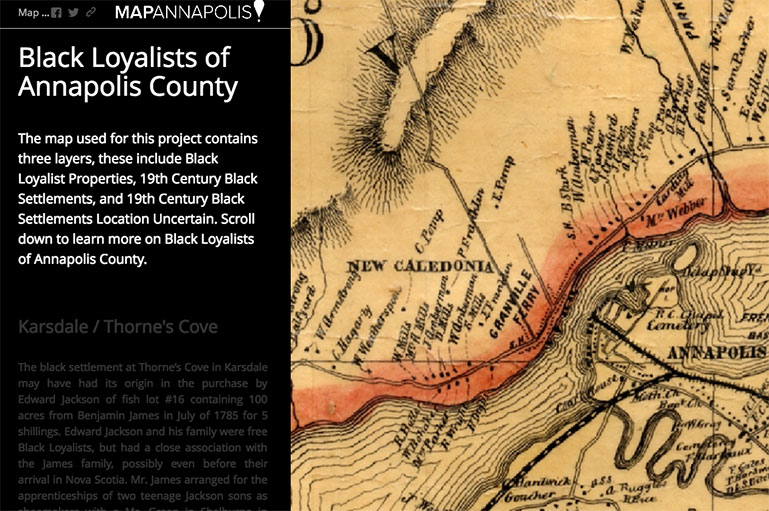The Bent Wharf

When I was a young man in the Fur Trade at Fort Chimo we had a hunter called Serqualouk. He was an Ungava Inuk and a bit of a civil engineer in his spare time.
We had a wooden wharf which was erected in the summer for the annual steamer and taken to bits in the fall before it got knocked down by the river ice. It consisted of spruce logs partially embedded in the mud and partially supported by piles of rocks, tied crosswise with more, but slimmer logs, spiked into place with large nails. The platform was of planks and the whole edifice fancily finished off with a couple of wooden bollards for mooring purposes. In all, about sixty feet by eight.
Over a period of years, the crowd engaged on this job had become just about expert at it, and over the same period Serqualouk had gradually assumed the airs and status of “Engineer-in-Charge.” He had done it so often that he could probably have directed affairs with his eyes shut, so naturally enough, one year he suddenly got bored.
When he started laying out the lines of foundations that year he put a bend in them. It wasn’t much of a bend, but still — a bend.
The others said nothing until the wharf was finished, then they all congregated at the shore end and gazed at their handiwork.
Vallie, who was always full of talk, said “There is a bend.” ”Indeed,“ agreed the rest. “How did that happen?” murmured Vallie to no one in particular. “Ah!” replied the chorus, wisely.
At this point, Serqualouk, anxious to show his knowledge, brought forward his irrefutable argument in support of his action. “It is very suitable. In White Man’s Land that is how wharves are built.”
The silence which greeted this remark could have been cut in slices and handed round. Everyone knew that the furthest south Serqualouk had been was Port Harrison and then only because his boat had been driven there by a gale.
Something of this attitude probably penetrated, because he went on: “I have a picture of one in a book.”
Now it was possible, but highly improbable, that he had a book of any kind anyway. The number of books written in syllabic, the only written word Inuit had, was limited, to say the least. On the other hand, he might just possibly own some sort of printed word, loosely described as a book, containing pictures of various objects, but why a wharf?
We all received the information in silence, as was natural. After all, we all lived on the one post, and who wanted to start a row anyway?
Later I said to old Adami, my trapping partner and the local river pilot, “Have you ever seen a bent wharf before?”
“No,” he returned, “not anywhere at all.” He, after all, was a much-travelled man and had even been across Hudson Bay to Baker Lake and Chesterfield Inlet in a schooner. I thought hard myself and couldn’t remember having ever seen a wharf, except huge affairs lining the shores of great ports but not sticking out into the seas or rivers. I thought of Southend Pier and Brighton Pier, and then gave it up.
We let it ride for a few weeks until after ship-time because we were very busy baling up the year’s fur and struggling with the Annual Report, while Inuit got down to it, removing all the ancient seal bones and things which the melted snow had disclosed lying around the place. We got the house painted, and cut the grass and eventually arranged a relay system of small boys to mount our highest hill to keep an eye open for the ship coming up river.
Eventually she turned up and all our crowd were engaged in unloading her freight scows at the bent wharf. She stayed two days, and Bill Black, my partner, and I went out to her in the motor boat with the fur on the last scow.
We had a drink and chat with the mate, who said as we were leaving, “Bye the bye, what in hell happened to your wharf? First one I’ve seen like that!”
I turned and looked at him very coldly. “It is very suitable” I said. “It is built in accordance with the latest pattern from Outside”. His jaw dropped, and we went down the ladder into our waiting boat.
An hour later the ship left, and we were able once more to get back to the comfort of work shirts and blue jeans.
Serqualouk came in a few days afterwards to get fitted out to go walrus hunting. He had a thirty-foot boat which he was paying for as and when he could. When he was fixed up I said, “Have you got that book you were talking about? I’d like to have a look at it.” “Ah,” he replied, “I have got it, but not here. It’s at my camp on the coast. I left my box and some other things there in the spring.”
“Never mind,” said I, “Some other time.” I thought “You lying old so-and-so, you haven’t got one at all.” Perhaps he read my mind, for he continued, “However, I’ll bring it along when I come in at Christmas.” “Good,” I replied, “I should like to see it.” And promptly forgot the matter.
Round about the end of November we started making a small keg of beer. We had some packaged dry hops and followed the directions as usual and, as usual, figured she wasn’t liable to be very lively that way, so added a few pounds of raisins and dried apple rings along with the dried yeast, to improve the body a bit. We made a number of Christmas puddings in five-pound lard pails, and dug out the goose we’d had buried in a barrel of lard since September. He was in good shape and by that time frozen like a rock.
All the hunters came in for Christmas with their families and the post was a mass of snow houses, with everyone spending their days visiting and their nights square-dancing in one of our wooden shacks. I got a sore thumb from the accordion thong and wore out my best sealskin winter white-bottom boots double-shuffling with Inuit women. And Serqualouk forgot to bring his book.
The winter and spring passed and the ice broke up and the usual round went on. Adami and I went sealing and had the idea of calling on Serqualouk at his coastal camp, but the ice started drifting inshore and we had to beat it before the boat got nipped. We put about smartly and managed to dodge up river before trouble occurred. I almost gave up hope of seeing the “suitably shaped wharf” picture but it was one of those stupid things that persist in the mind and although I forgot about it I remembered from time to time.
In June Vallie came in, dodging the few remaining floes, and wanted me to go with him to the shore camp. There was some sickness among the people. “What’s wrong?” I asked. “There are many of us all swollen up and unable to move,” he answered.
This sounded like some food poisoning or other, so after a few more questions which eventually elicited the information that the apparent cause of the trouble was eating the meat of a very dead whale washed up on the beach, I took a selection of medicines and accompanied him down river.
At the camp I saw the sufferers, who all looked as if they had been inflated by some sort of air pump. In some cases, the eyes were almost invisibly sunk in the puffed flesh and when one pressed any part of the body the depression lasted for several seconds. I lashed out strong laxatives all round and ordered spruce tea to be brewed and administered constantly.
In twenty-four hours, they were all on the way to recovery, all except Serqualouk who, from inflation went to deflation, and got more and more gaunt and feeble. I tried everything at my poor command, but perhaps the poison had affected his heart, for he never improved.
Just before he died he asked his wife to open his box and get his book. I was in the tent watching him and giving him sips of brandy. I nearly dropped the bottle.
To my shame, be it said, I was so anxious to have the mystery of the bent wharf revealed to me at last, that I forgot poor old Serqualouk for a few seconds. He was too feeble to raise himself but she put the book in his hands and he fumbled for a piece of grass which he’d used as a marker.
Shakily he held out the volume to me and when I took it from him said, “You see, boss, very suitable;” and died.
The book was a child’s geography and the open page showed “A view of Dover Harbour, 1897.”
Themes associated with this article
Advertisement









